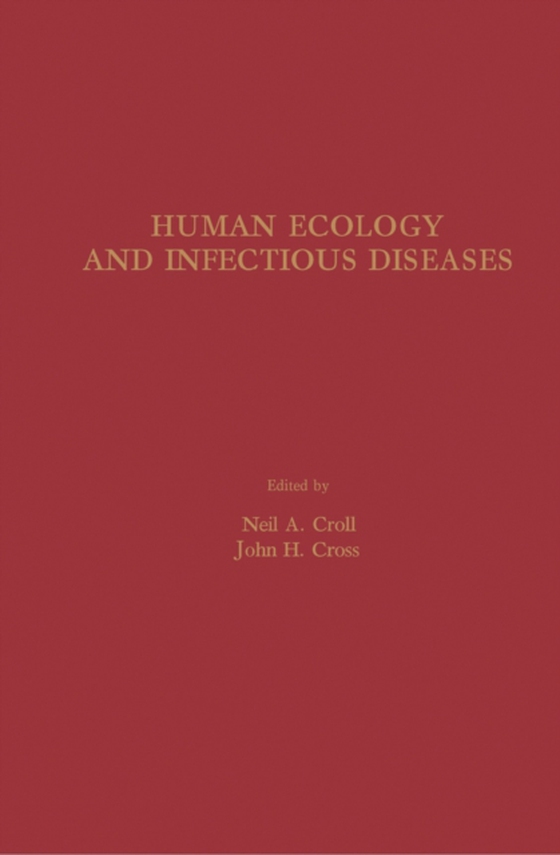
Human Ecology and Infectious Diseases e-bog
473,39 DKK
(inkl. moms 591,74 DKK)
Human Ecology and Infectious Diseases investigates the interrelationships among human behavior, ecology, and infectious diseases, with emphasis on parasitic and zoonotic diseases. The cultural, behavioral, anthropological, and social factors in the transmission of infectious diseases are discussed, along with methods used to make human ecology a more quantitative predictive science in the globa...
E-bog
473,39 DKK
Forlag
Academic Press
Udgivet
3 september 2013
Længde
380 sider
Genrer
MMQ
Sprog
English
Format
pdf
Beskyttelse
LCP
ISBN
9781483267937
Human Ecology and Infectious Diseases investigates the interrelationships among human behavior, ecology, and infectious diseases, with emphasis on parasitic and zoonotic diseases. The cultural, behavioral, anthropological, and social factors in the transmission of infectious diseases are discussed, along with methods used to make human ecology a more quantitative predictive science in the global challenge of such diseases. Behavioral patterns that place humans at risk to infections and the nature of risk factors are also analyzed. Comprised of 13 chapters, this book begins with an overview of some of the research into those aspects of human behavior that determine risk of helminth infection. The discussion then turns to studies on hookworm and includes an analysis of human behavior and religions that affect transmission of the parasitoses. Human behavior and transmission of zoonotic diseases in North America and Malaysia are documented as are the habits, customs, and superstitions associated with the epidemic of intestinal capillariasis that occurred in the Philippines. Filarial diseases in Southeast Asia are also reviewed, along with the changing patterns of parasitic infections and the cooperation of government and the private sector to lower infection rates in Japan. Cases from Nigeria and Brazil are considered as well. The volume concludes with an assessment of the importance of behavioral and socialcultural factors in determining regional and national patterns in disease incidence and transmission. This monograph should be valuable to students of tropical diseases and public health and to physicians, epidemiologists, anthropologists, veterinarians, and parasitologists.
 Dansk
Dansk

